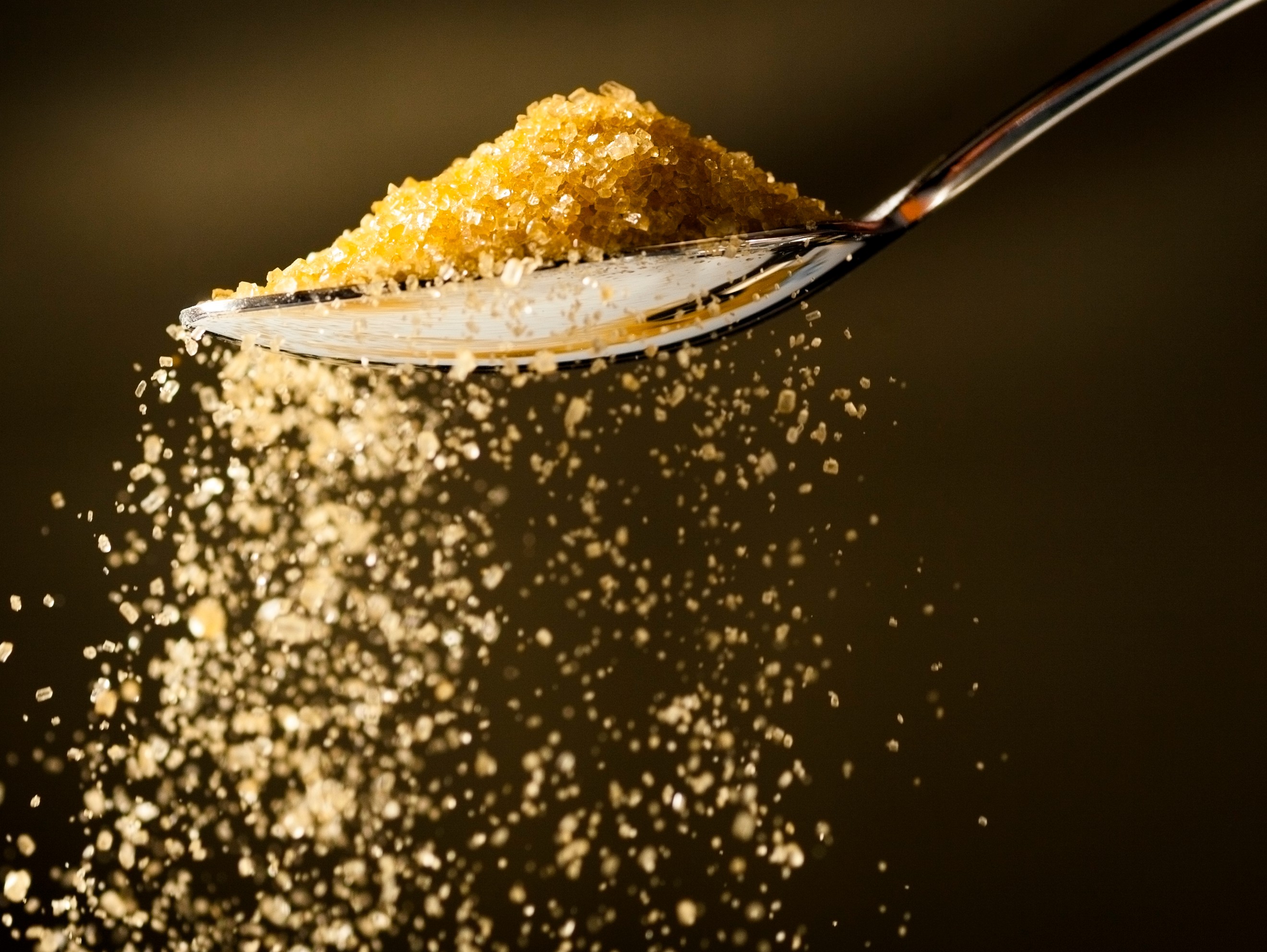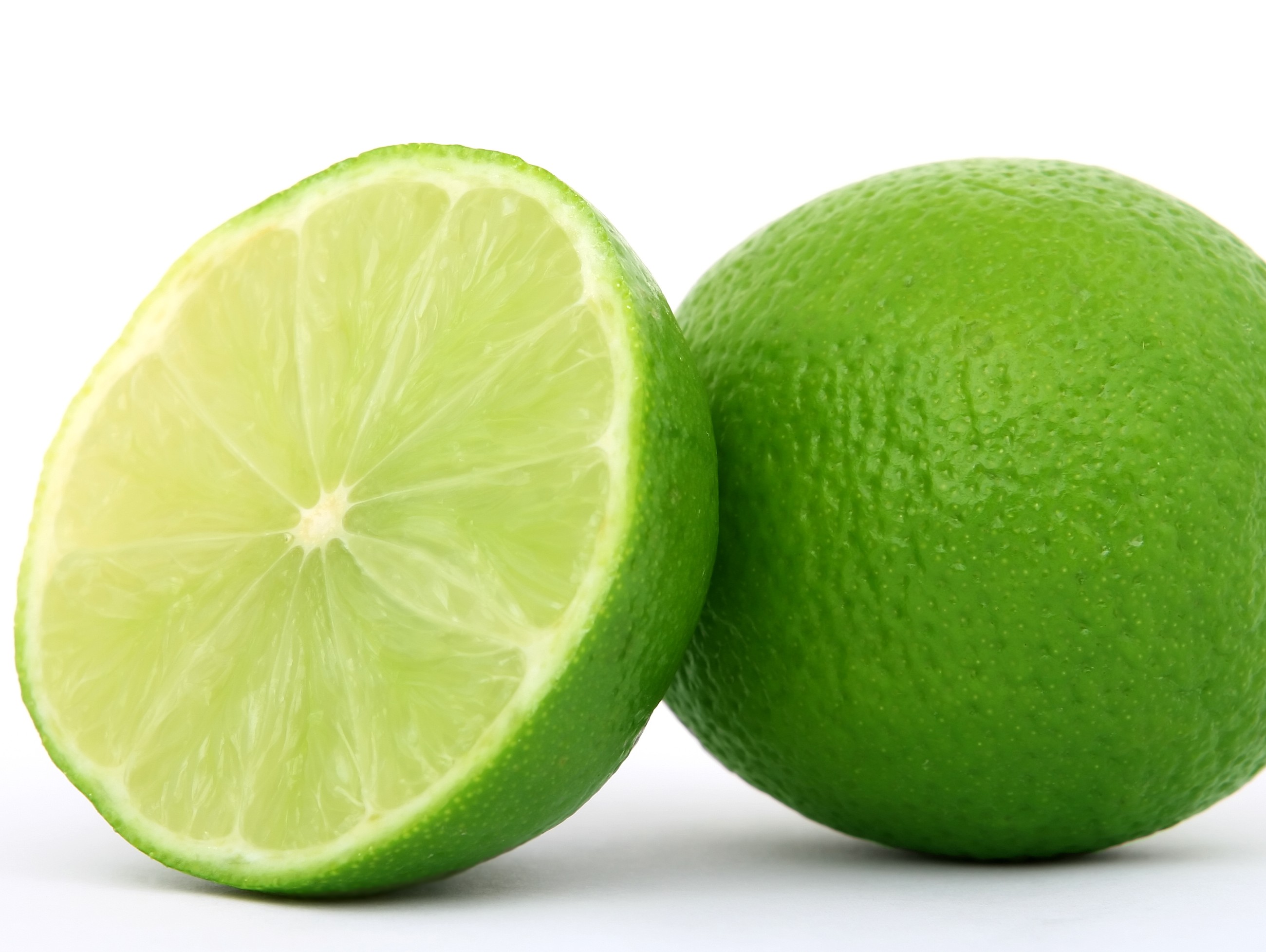
In order to ensure that food products on shelves are both healthy and of a consistently high quality, Prof Dr Henk Schols conducts research into the structure of individual carbohydrates.
Carbohydrates in our food provide energy and help to keep bowel movements regular. However, we actually know very little about the many different carbohydrate molecules, which include numerous types of small sugars, starches and dietary fibres. The same goes for their role during the storage and processing of food, and for the influence of carbohydrates on human health. In his new role of personal professor of food carbohydrate biochemistry at Wageningen University, Prof Henk Schols intends to change all that. “We are keen to know how dietary fibre influences digestive health.”
“The term ‘carbohydrates’ refers to a huge collection of different types of sugars in varying compositions,” he said during his inaugural speech on ‘Carbohydrates: polymeric possibilities’. “Small sugar molecules such as glucose and fructose are quickly absorbed into the body and provide energy. But some carbohydrates are made up of chains up 10, 20 or even several thousand sugar molecules – the polysaccharides, which are listed on food labels as ‘dietary fibre’. They all have their own unique influence on the sensory properties of a foodstuff and on its nutritional and health benefits for humans.”
Prof Schols admits that much still has to be discovered about how carbohydrates influence our health, and especially about their effect in the large intestine. Fibres play a role in bowel movements. They reach the large intestine intact where they are partially fermented by bacteria. That fermentation process can change the composition of the bacteria in the gut. “But the exact mechanism is still unclear.” Some polysaccharides might even play a role in regulating the cholesterol level in the blood and in boosting the immune system. “We don’t yet understand the mechanisms precisely because up until now health studies have often been conducted with insufficiently characterised carbohydrate mixtures,” says Prof Schols.
‘Knowing the structure and properties of as many individual carbohydrates as possible will enable us to apply that knowledge to create innovative, tasty, stable and healthy products’
Carbohydrates also determine the properties of fruit and vegetables, such as their firmness, texture and viscosity. There is a lot of natural variation in such traits because the quality of the harvest per year, per variety or per production area is different every time. The characteristics of a raw material or end product are often adapted or improved in response to consumer preferences. This often entails the use of carbohydrate ingredients with a specific functionality. After all, consumers expect food to be of a consistently high quality and also want meals which are increasingly quick to prepare, for instance, such as instant soups and sauces or ready-meals. Many of these polysaccharide additives – ‘thickening agents’ – are derived from plants such as starch from wheat or pectin from citrus peel. Hence, carbohydrates largely determine the eating experience. For example, it is pectin – which is also a term covering dozens of different types of carbohydrates – which gives carrots their firmness, but heating it causes it to break down into smaller pieces. “As a result, the firmness disappears and we’re left with a cooked product,” explains Prof Schols.
'Pectin (a term covering dozens of different types of carbohydrates) derived from citrus peel is used as a thickener'

In order to understand what happens, it is not enough to merely know the components of a product. “Instead, you must know the precise structure of each of the individual carbohydrates. But that’s easier said than done! Seemingly simple foodstuffs conceal a world of scientific research: the biochemistry of carbohydrates,” continues the professor. For the purification of carbohydrates, Prof Schols’ research group has access to state-of-the-art analytical instruments and techniques, such as mass spectrometry. “Our group is keen to be one of the first to apply these latest technologies to food in order to observe and understand changes in carbohydrates. Knowing the structure and properties of as many individual carbohydrates as possible will enable us to apply that knowledge to create innovative, tasty, stable and healthy products and also to provide better dietary advice,” concludes Prof Schols.
Source: Lepel: ©istock/mariusFM77; Limoen: © istock/Robert Owen-Wahl